Ssamzigil (쌈지길)
2.5Km 2022-07-05
Insadong-gil 44, Jongno-gu, Seúl
En las animadas calles de Insa-dong se fundó un área de 500 m de largo el 18 de diciembre de 2004. Este edificio tan particular fue construido conectando las encantadoras calles con escaleras en forma de espiral. Al ir haciendo compras por las divertidas y encantadoras tiendas hasta el último piso, llegará a Haneulmadang, donde podrá tener una buena vista del cielo. Ssamzigil cubre una superficie de aproximdamente 4.000 m² con más de 70 tiendas de artesanías, galerías de arte, restaurantes y tiendas de recuerdos.
CAFE Jongrosijang (CAFE종로시장)
2.5Km 2021-03-19
10, Ujeongguk-ro 2-gil, Jongno-gu, Seoul
+82-2-732-1452
It sells American pancakes. The best menu at this restaurant is pancakes. This is a cafe located in Jongno, Seoul.
Ilsong Kalguksu (일송칼국수)
2.5Km 2021-03-18
44, Seonggyungwan-ro, Jongno-gu, Seoul
+82-2-765-0880
This is a Korean cuisine located in Jongno-gu, Seoul. A store serving dishes at low prices. The best menu at this restaurant is noodle soup with clams.
Heukdonga - Myeongdong Branch (흑돈가 명동)
2.5Km 2021-03-19
21, Myeongdong, 7-gil, Jung-gu, Seoul
+82-2-3789-0080
A barbecue specialty restaurant located in Myeong-dong, Seoul. The most famous menu is grilled black pork shoulder meat. It sells black pork from Jeju Island.
Okjeong (옥정)
2.5Km 2021-03-19
18, Insadong, 12-gil, Jongro-gu, Seoul
+82-2-733-5412
A traditional Korean restaurant serving hanjeongsik (Korean table d'hôte) for 30 years now. The representative menu is Korean table d''hote. This is a Korean cuisine located in Insa-dong, Seoul.
Hanu Samgyeop (한우삼겹)
2.6Km 2021-03-24
31, Myeongdong, 4-gil, Jung-gu, Seoul
+82-2-318-0028
You can enjoy freshly aged meat. This restaurant's signature menu is grilled pork belly. This Korean dishes restaurant is located in Jung-gu, Seoul.
Nwijo (뉘조)
2.6Km 2021-03-19
27, Insadong 14-gil, Jongno-gu, Seoul
+82-2-730-9311
Nwijo (뉘조) is a Korean restaurant specializing in wild vegetable cuisine. The name ‘Nwijo’ means ‘the god of the silkworm,’ and likens wild vegetables to silkworms in that both can be eaten in their entirety. The restaurant serves original full-course Korean meals that are prepared using hundreds of kinds of wild vegetables, including special seasonal vegetables.
A typical full-course meal starts with delicious pumpkin porridge, followed by seasoned wild vegetables, root vegetable ssam (condiments wrapped in vegetable leaves), slices of boiled meat, and steamed lotus leaf-wrapped rice served with jjigae (Korean stew) and various side dishes. This kind of traditional feast is pleasing to both the eye and the palate and is topped off with sikhye (traditional sweet rice drink). Lunch specials are also available.
MANO DI CHEF - Myeong-dong Branch (마노디셰프 명동)
2.6Km 2021-03-29
26, Myeongdong-gil, Jung-gu, Seoul
+82-2-777-7047
It is a restaurant offering a nice night view of Seoul Tower. The best menu at this restaurant is steak. This Western dishes restaurant is located in Jung-gu, Seoul.
GOYONAM - Myeongdong Branch (고요남 명동)
2.6Km 2021-03-19
10, Myeongdong 8na-gil, Jung-gu, Seoul
+82-2-318-2225
This is a Korean cuisine located in Myeong-dong, Seoul. A restaurant well-known for the large meat attached to bone and 55cm-long yukhoe chobap (a dish of raw slices of beef served over pressed vinegar rice). The representative menu is grilled beef ribs.
Campanario Bosingak (보신각 터)
2.6Km 2020-11-03
Jong-ro 54, Jongno-gu, Seúl
+82-2-2133-2641
El campanario Bosingak es el lugar en donde se encontraba la campana que daba la señal de la hora, tanto para las áreas del interior y exterior de la muralla de la ciudad capital. Fue construido en el 13º año (1468) del reinado de Sejo de la época Joseon, y en aquel tiempo, se fundó también el templo Wongaksa, pero fue trasladado al sitio actual, durante el reinado de Gwanghaegun (1619). En la antigüedad, la campana se tocaba 33 veces a las 4:00 de la mañana, y 28 veces a las 22:00 de la noche, y era utilizada para dar la señal de la hora, y como símbolo de la apertura y cierre del portón de la muralla. Es un patrimonio cultural de gran valor para los estudios académicos. Siendo el Tesoro Nº 2, la pieza original se encuentra en el Museo Nacional de Corea.
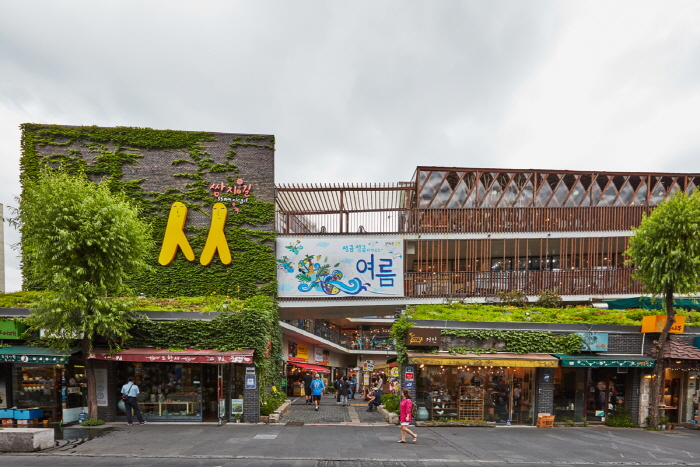
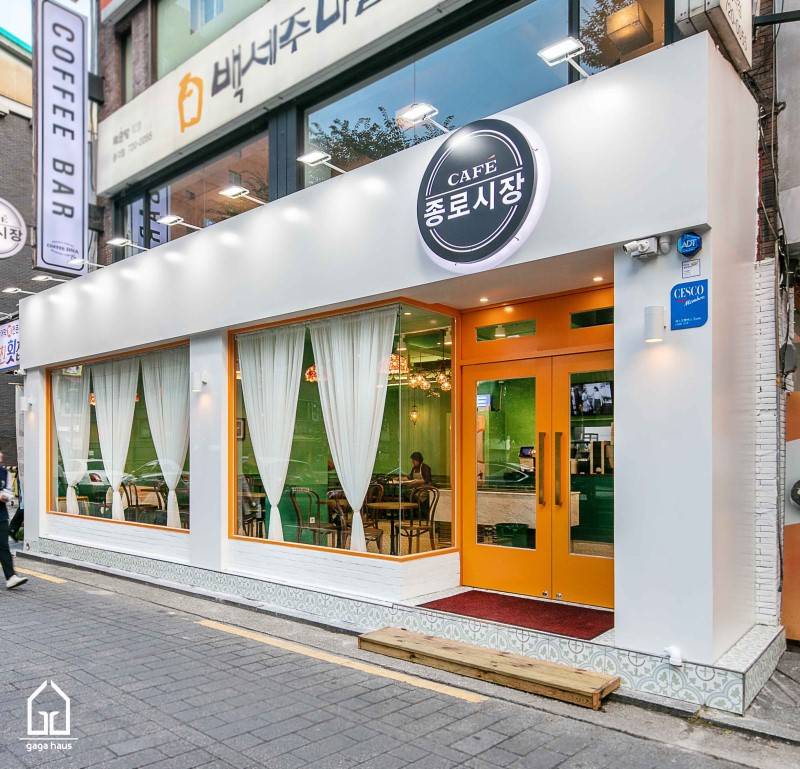
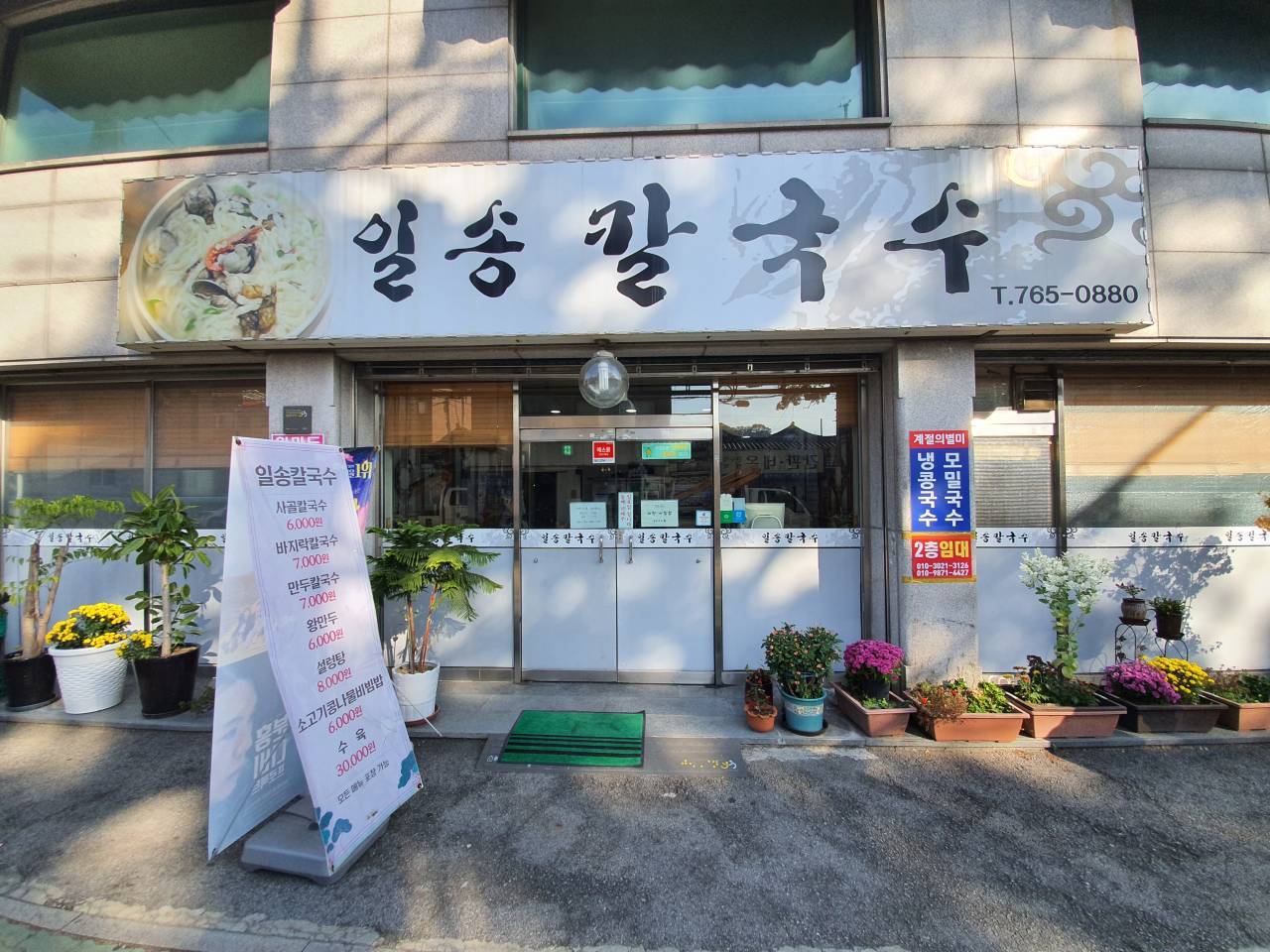
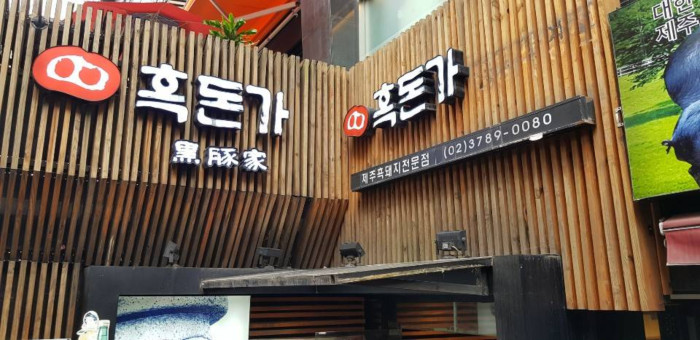
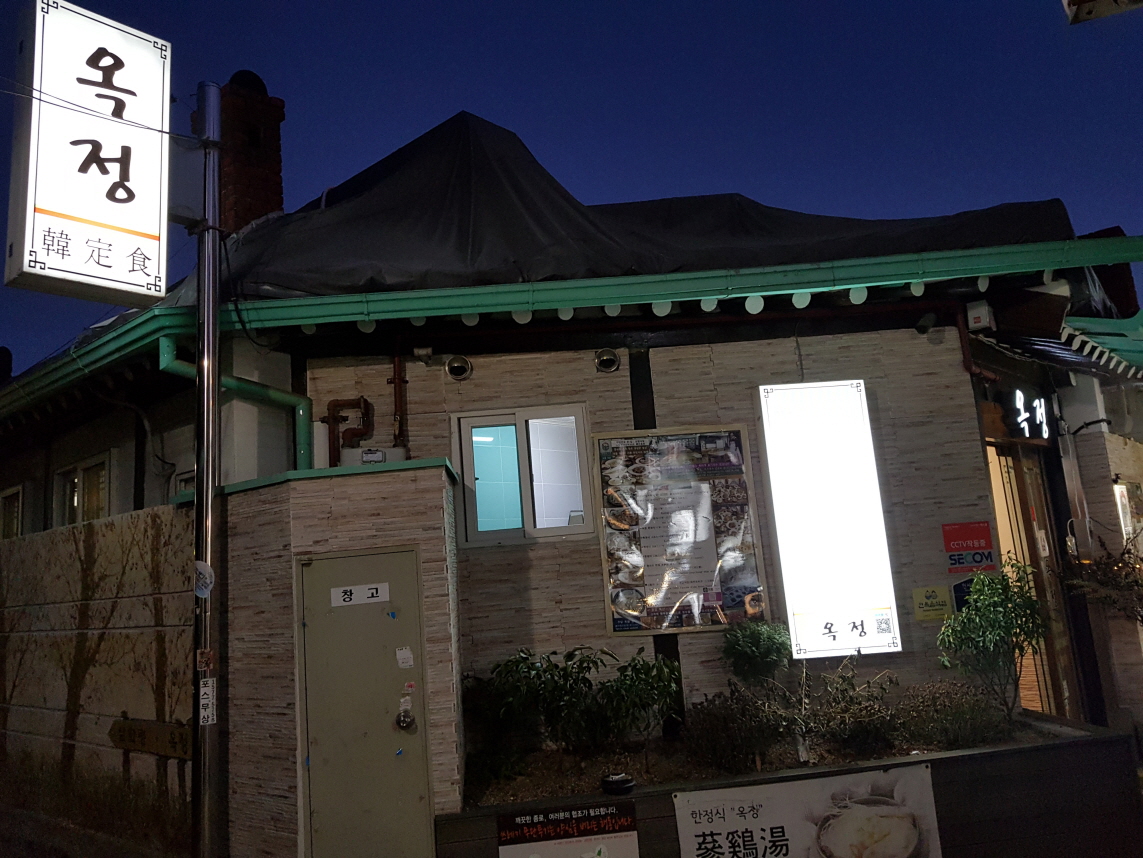
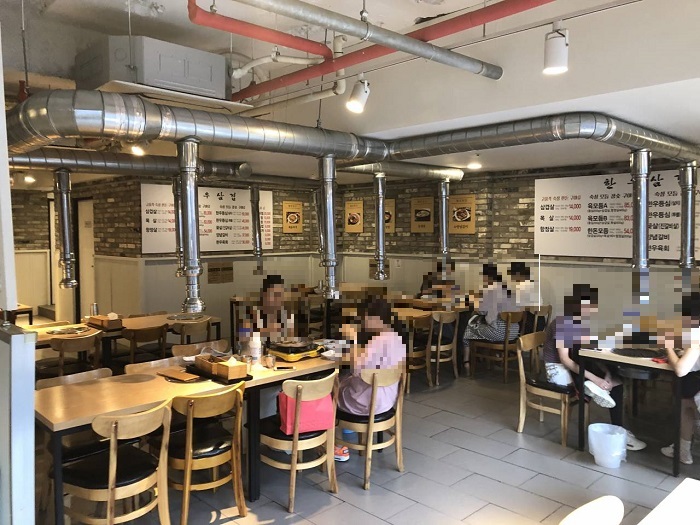
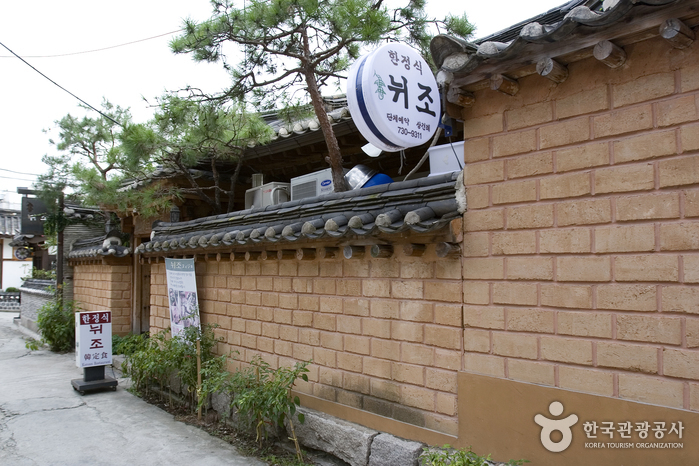
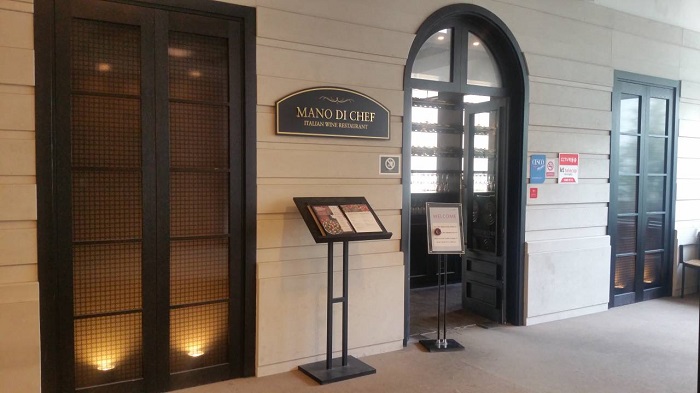
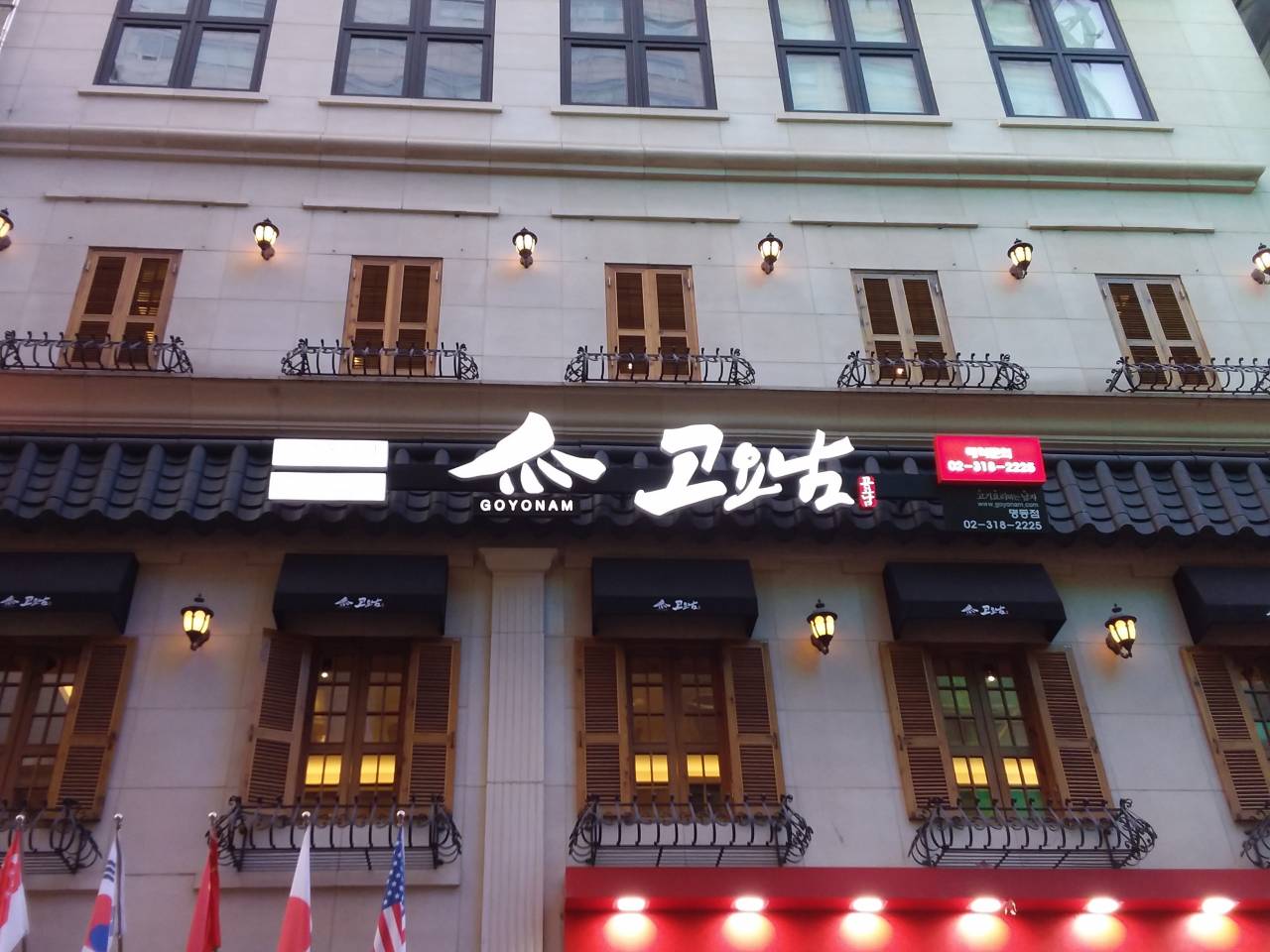
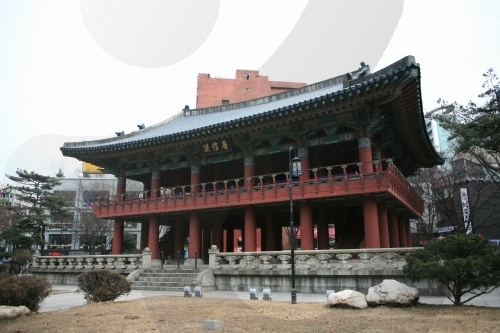
 Español
Español
 한국어
한국어 English
English 日本語
日本語 中文(简体)
中文(简体) Deutsch
Deutsch Français
Français Русский
Русский